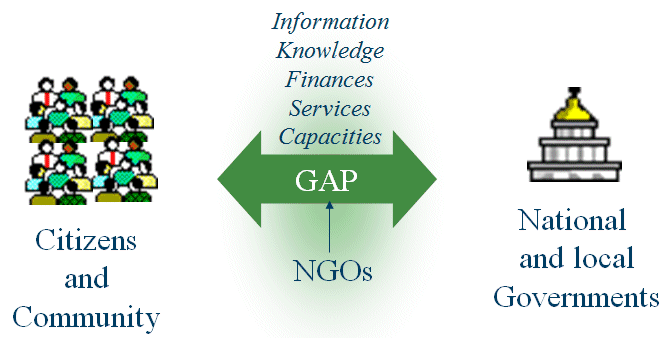NGO sector organizations have grown so much that they employ huge financial as well as human resources. In the early stages of this phenomenon, nominal sums of money from contributions, donations were used for charity and welfare programs. Philanthropists donated funds and their time and efforts. Non-profit organizations were started and managed mostly by people of goodwill who did not necessarily have professional qualifications. Today, professionals from a number of fields are associated with this sector. NGO Sector Supplement is intended for Non-Governmental Organizations (NGOs) which are formed for the purpose of serving a cause other than the pursuit or accumulation of profits for owners or investors. NGOs are by nature values-driven but involve a variety of activities (e.g., advocacy, service provision, research) devoted to a broad range of issues (e.g., human rights, environment, humanitarian assistance, development, education) and adopt a broad spectrum of organizational forms (e.g., federations, associations, foundations, coalitions, networks). NGOs may be large or small, raising funds from public and private sources for their own or partner activities.
Across the NGO sector, there is a diversity of approaches to governance and management and these approaches may differ significantly from those used in other sectors.
India is estimated to have 3.3 million registered not for profit organization, popularly known as NGO. While the sector is regulated by multiple laws and authorities, its credibility is often questioned by most stakeholder groups due to lack of information (about existence, performance, finances, output, and outcome), absence of performance benchmarks, government licenses, and permissions not being sufficient indicators of performance or credibility, media reports usually being centered around stories of what went wrong and the general lack of awareness of the common man about the voluntary sector. Government is the largest source of funds for the voluntary sector in India. While private giving by individuals and corporations is definitely moving up, the government envisages a greater role for NGOs in implementing many of the public welfare programs.
Government is taking several steps concerning the voluntary sector, some of them being restrictive in nature.
Since the start of this decade, the voluntary sector in India has also taken some positive steps towards self-regulation and becoming more transparent and accountable.
NGO activity has been strongly affected by the uprising. At the time of writing, the regime was responding with great violence to the protests against its rule. There are also rumors of violence by some armed groups. The situation has resulted in at least 15,000 people dead, many more disappearing, being tortured or injured, as well as large-scale population displacements away from areas of conflict to safer areas and neighboring countries. Apply for 80g registration to grant fund sources.
The situation and economic sanctions have caused severe economic malaise and there is also serious damage to infrastructure. In the midst of this situation, they were trying hard to continue their normal activities, which often serve the poorest in society: their waiting lists have grown considerably.



